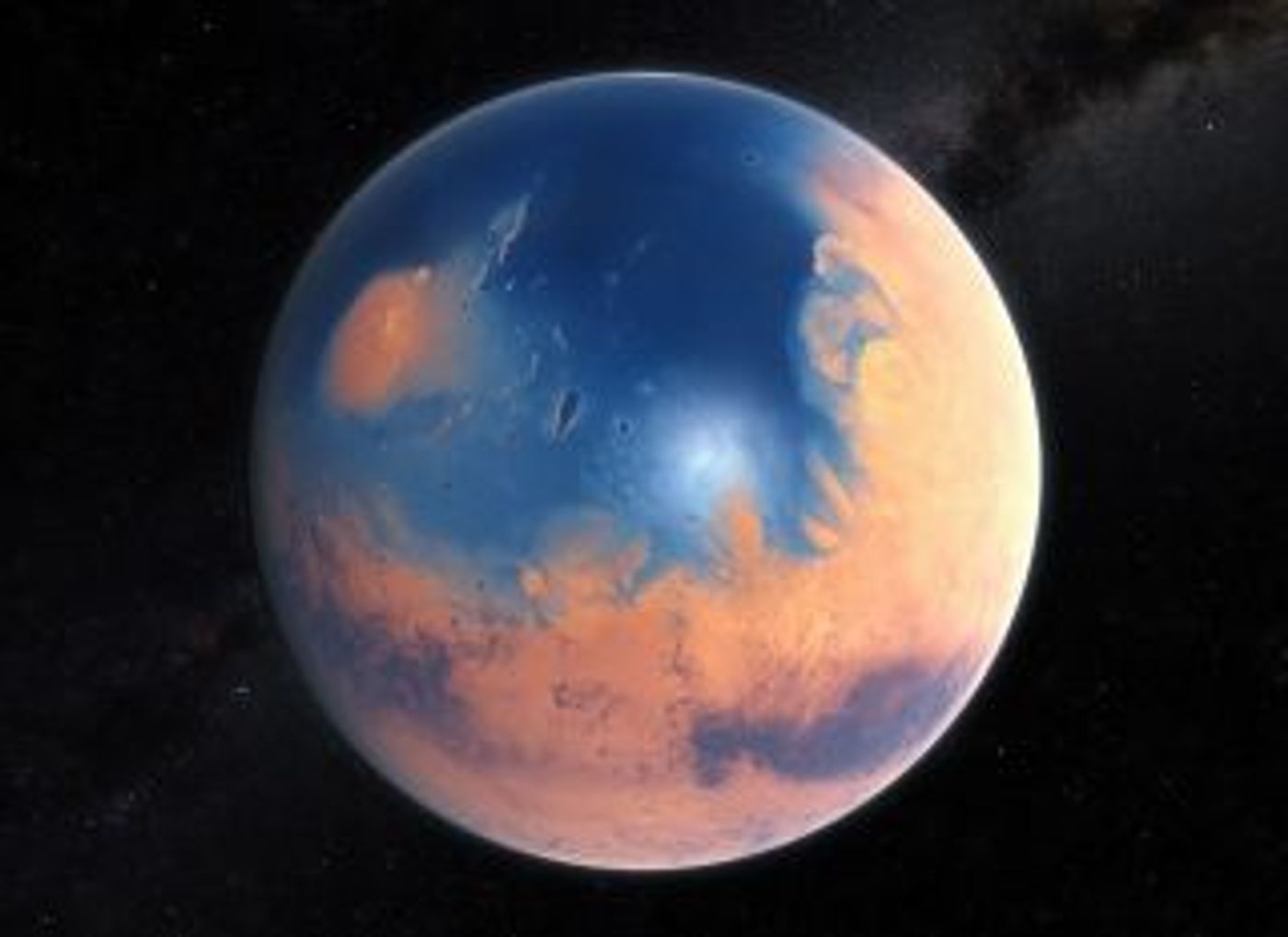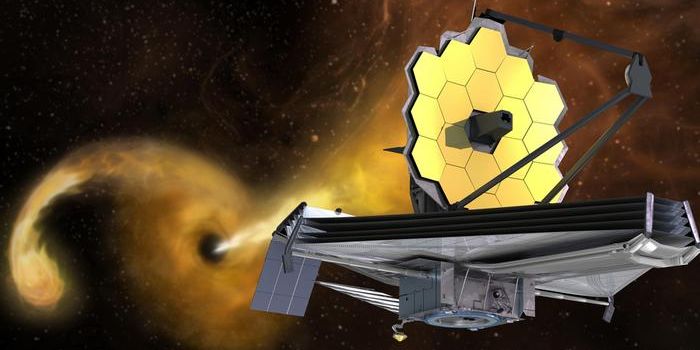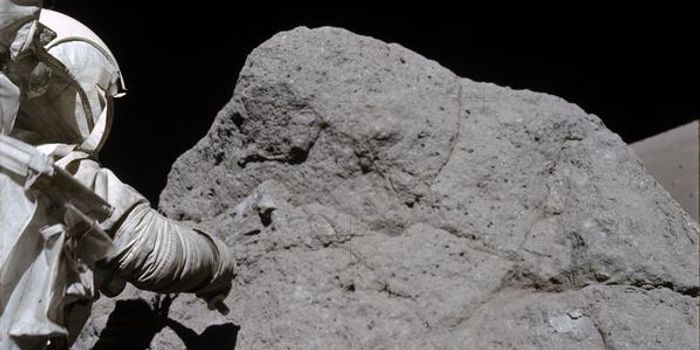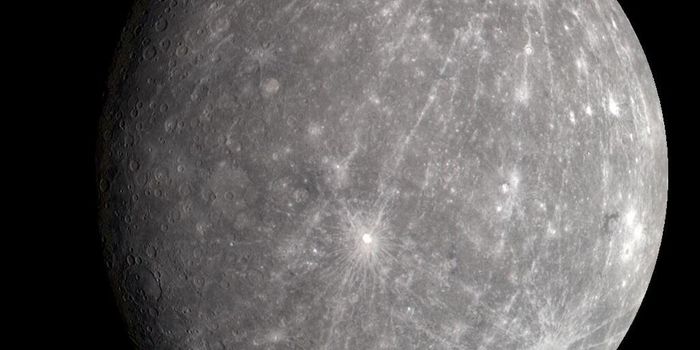Ancient Mars volcanism created rare mineral
In a collaborative study slated to be published in Earth and Planetary Science Letters this September, planetary scientists from Rice University, NASA’s Johnson Space Center, and the California Institute of Technology might have solved a years-long conundrum pertaining to a rare mineral called tridymite that was found by NASA’s Curiosity rover in Gale Crater, Mars in 2016. The original 2016 finding that led to this most recent study was published in the Proceedings of the National Academy of Sciences. This original finding was intriguing since the tridymite in question was found residing in lacustrine (fluvial) mudstone. It is extremely rare on Earth and analogous with volcanic activity.
"The discovery of tridymite in a mudstone in Gale Crater is one of the most surprising observations that the Curiosity rover has made in 10 years of exploring Mars," said Rice University’s Kirsten Siebach, who is a co-author on the most recent study. "Tridymite is usually associated with quartz-forming, explosive, evolved volcanic systems on Earth, but we found it in the bottom of an ancient lake on Mars, where most of the volcanoes are very primitive." The researchers proposed the tridymite was part of ashfall resulting from an explosive volcanic event on ancient Mars and fell on Gale Crater when it was still a lake.
For the study, the research team compared data from every reported discovery of tridymite on Earth to models of Mars volcanism as well as sedimentary evidence from the now-dry lake in Gale Crater. Their findings indicated that Martian magma within a chamber beneath the volcano sat for longer than usual, leading to it partially cooling in the process called fractional crystallization that concentrated silicon. When the volcano finally erupted, it sprayed the ash containing the silicon in the form of tridymite into the then-watery Gale Crater lake and surrounding rivers. Over time, the water broke down the ash into their respective minerals, eventually to be found by NASA’s Curiosity rover billions of years later.
"It's actually a straightforward evolution of other volcanic rocks we found in the crater," Siebach said. "We argue that because we only saw this mineral once, and it was highly concentrated in a single layer, the volcano probably erupted at the same time the lake was there. Although the specific sample we analyzed was not exclusively volcanic ash, it was ash that had been weathered and sorted by water."
If the scenario played out how the research team says, this means explosive volcanism was occurring on Mars more than 3 billion years ago, during a time when Mars was transitioning from the much wetter world to the bone-dry world we’re exploring today.
"There's ample evidence of basaltic volcanic eruptions on Mars, but this is a more evolved chemistry," Siebach said. "This work suggests that Mars may have a more complex and intriguing volcanic history than we would have imagined before Curiosity."
Sources: Earth and Planetary Science Letters, Proceedings of the National Academy of Sciences
As always, keep doing science & keep looking up!









